It’s not every day that a long-forgotten romantic comedy resurfaces on Netflix and claims a top spot on the trending charts. But that’s exactly what’s happened with Life or Something Like It, starring Angelina Jolie, which has recently found new life on the streaming platform. Despite a dismal 28% critic score on Rotten Tomatoes and a lukewarm reception during its theatrical run, the film is suddenly drawing the attention of a modern audience—one that’s perhaps more open to its quirky charm and existential heart.
A Different Kind of Rom-Com
At first glance, Life or Something Like It seems like a standard early-2000s rom-com. Jolie plays Lanie Kerrigan, a Seattle-based television reporter with platinum blonde hair, a meticulously curated life, and a high-powered career path that appears to be heading in one direction—up. But her controlled world is shaken when a homeless street prophet named Jack (Tony Shalhoub) tells her she only has a few days left to live. What follows is not your typical meet-cute romance, but a journey of self-discovery wrapped in the soft pastel tones and whimsical soundtrack of its era.
The film, directed by Stephen Herek (Bill & Ted’s Excellent Adventure, Mr. Holland’s Opus), doesn’t shy away from exploring heavier themes like mortality, authenticity, and the superficial nature of success. Yet, it does so with a light touch, using the rom-com framework as a means to guide its character arc rather than define it. At its core, it’s less about the romance and more about Lanie’s internal reckoning—what it means to live rather than just exist.
Misunderstood at the time, but Not Anymore
Back in 2002, this tonal imbalance might have been part of the reason critics weren’t impressed. Many viewed the film as unsure of itself—was it a comedy, a drama, or something existential? And Jolie, who was still building her mainstream star image post-Girl, Interrupted and pre-Mr. & Mrs. Smith, felt like an unconventional pick for a rom-com lead. She was glamorous, yes, but not in the bubbly, approachable mold of a Reese Witherspoon or a Sandra Bullock, both rom-com queens of the time. Her portrayal of Lanie, with her clipped speech and icy facade, seemed like a character meant more for satire than sympathy.
Yet in hindsight, that’s precisely what makes the film compelling in today’s cultural climate. In an era where audiences crave characters with complexity and depth, Lanie Kerrigan suddenly feels more relevant than ever. She’s not the typical romantic comedy heroine. She’s ambitious, self-involved, flawed—but also deeply human. Watching her unravel the carefully curated image of her life and search for meaning resonates in a world that increasingly values emotional honesty over polished perfection.
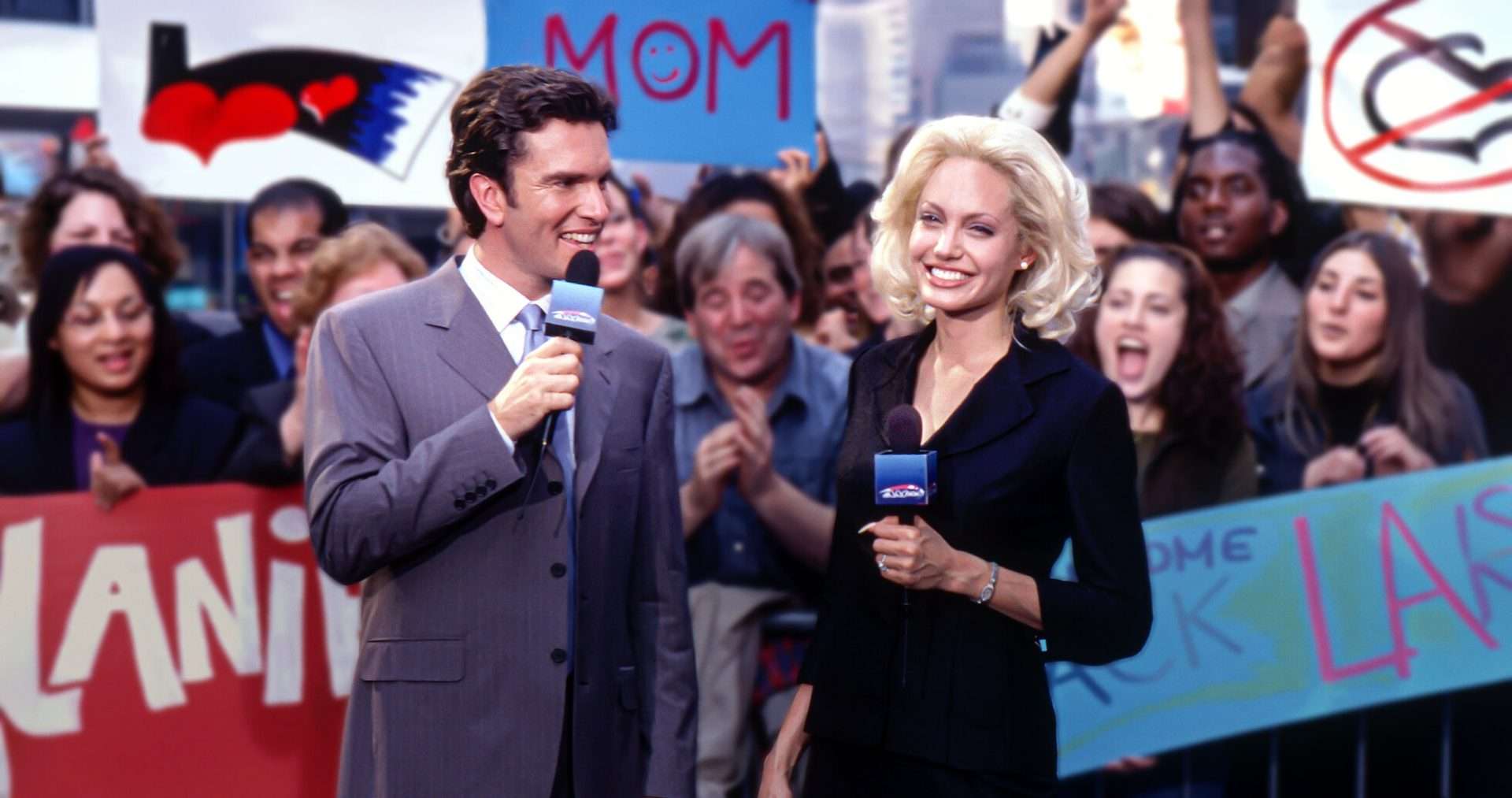
Pete in Life or Something Like it (2002).
Jolie’s Performance Gets a Second Look
Another reason for the film’s resurgence on Netflix could be attributed to the broader nostalgia trend that continues to dominate streaming platforms. Viewers are revisiting early-2000s movies with fresh eyes, often re-evaluating them with a greater sense of empathy and appreciation. What once felt derivative now feels oddly prescient. The idea of a woman confronting the shallow successes of her life, only to discover that vulnerability and connection are more meaningful than ambition and aesthetics? That’s the stuff of modern therapy TikToks and introspective Twitter threads.
Angelina Jolie’s performance, too, is worth a second look. While it may not have earned her any awards buzz back then, her portrayal of Lanie is layered with a mix of vulnerability and steeliness that hints at the dramatic gravitas she would fully embrace in later roles. There’s a scene where she breaks down after a chaotic day, mascara smudged and her voice trembling, and it’s surprisingly raw. Jolie brings a weight to the character that’s unusual for the genre, making Lanie’s existential crisis feel urgent, even if the plot around her doesn’t always keep up.
The film’s male lead, Edward Burns, provides a steady, grounded presence as Lanie’s cameraman and love interest, Pete. Their dynamic isn’t explosive, but it’s mature and believable. Their romance feels earned, shaped through mutual understanding rather than the standard rom-com hijinks. And of course, Tony Shalhoub’s brief but memorable role as the doomsaying prophet adds a touch of surrealism that nudges the film into near-magical realism territory.
Why It’s Trending Now
Ultimately, Life or Something Like It is a film that was perhaps ahead of its time—or at least out of sync with the expectations of its time. In 2002, audiences weren’t ready for a romantic comedy that flirted with nihilism and spiritual awakening. But in 2025, amid a landscape where people are questioning the meaning of success, craving authenticity, and grappling with uncertainty, the film’s themes feel oddly—beautifully—relevant.
So why is this 2002 oddball suddenly trending on Netflix? Maybe it’s because, just like its protagonist, it’s finally stopped pretending to be something it’s not—and that honesty is what viewers are connecting with. In a world that often feels chaotic and overwhelming, Life or Something Like It offers a quiet reminder: sometimes, it takes facing your own mortality to finally start living.

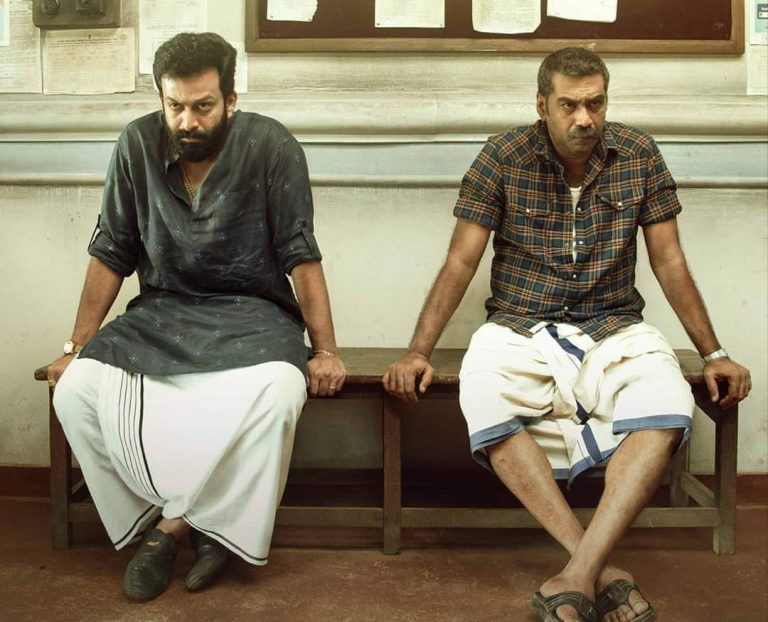
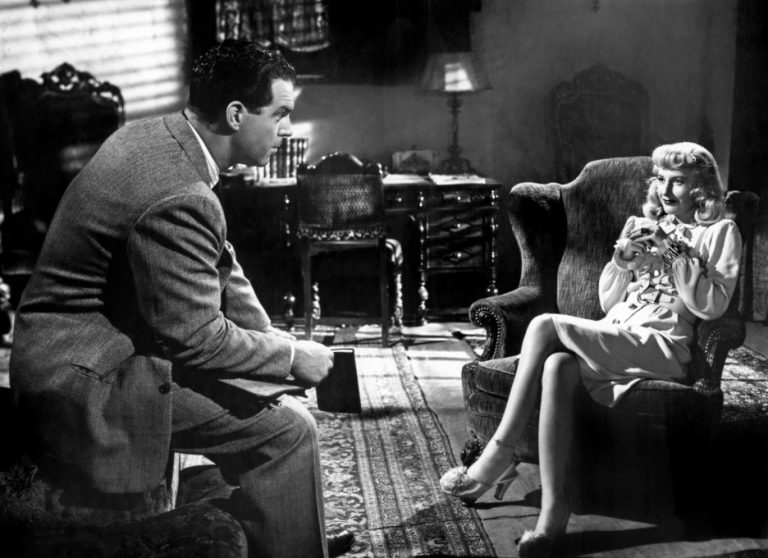
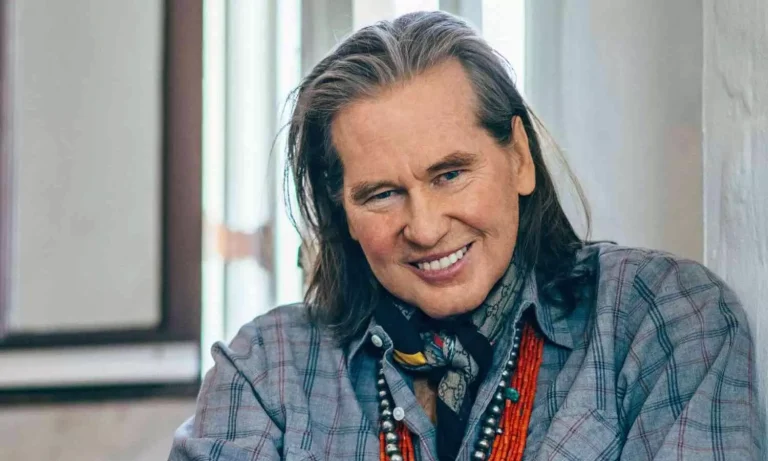
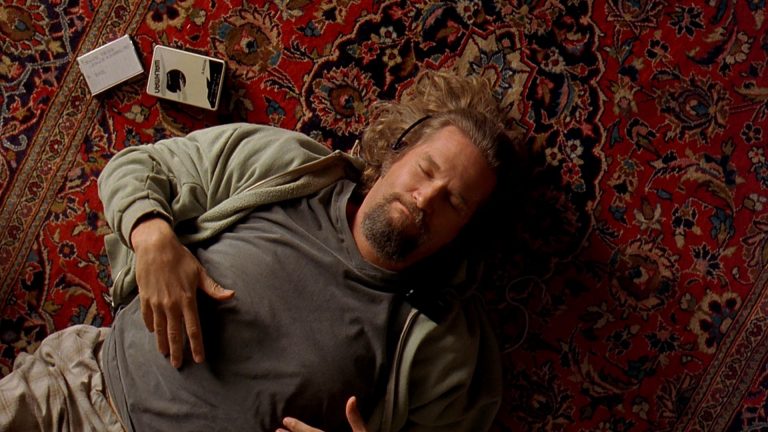
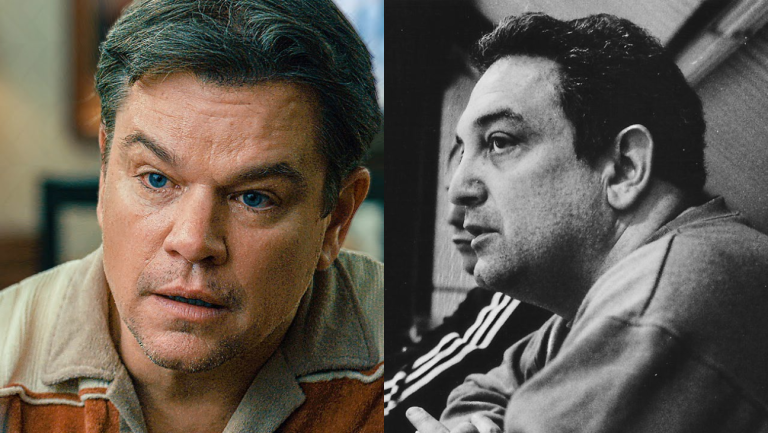
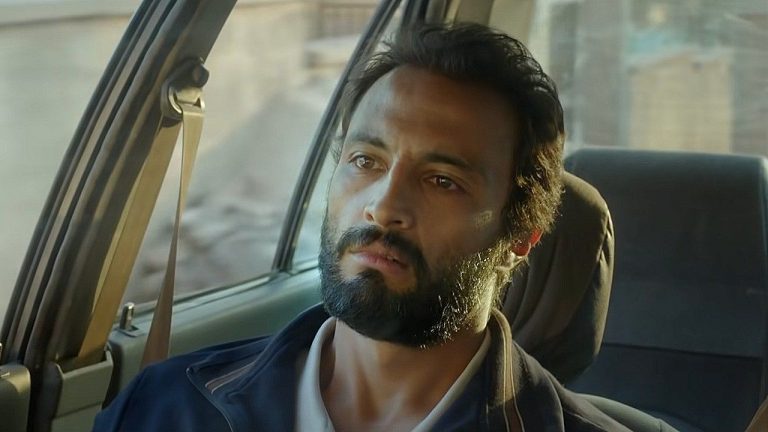
Great analysis of this 2002 rom-com gem. I feel Angie’s most recent film “Maria” is similar in that it is ahead of its time and it will be looked back on as a film that is a nuanced, exquisite gem that features a once-in-a-lifetime performance by Angelina Jolie that should have won her the 2025 Best Actress Oscar!